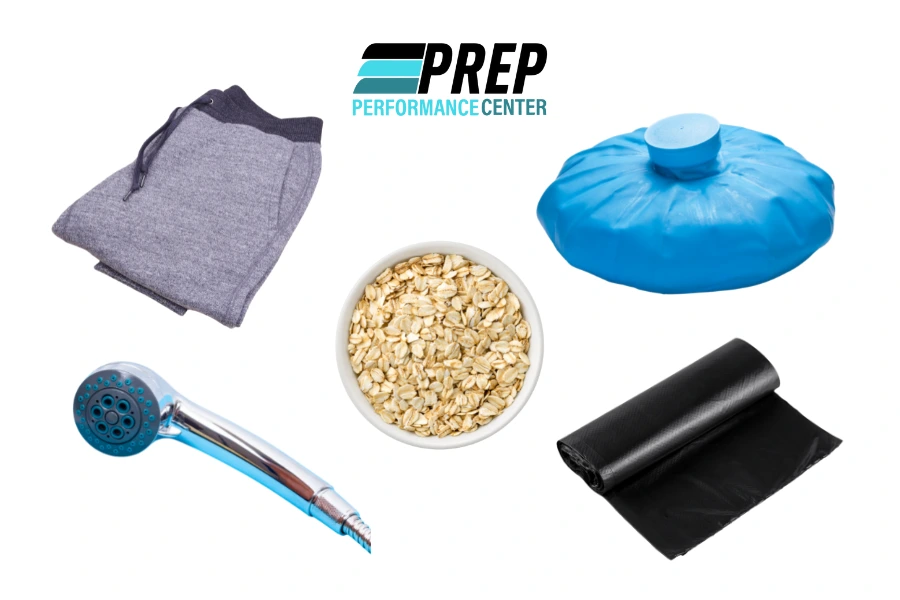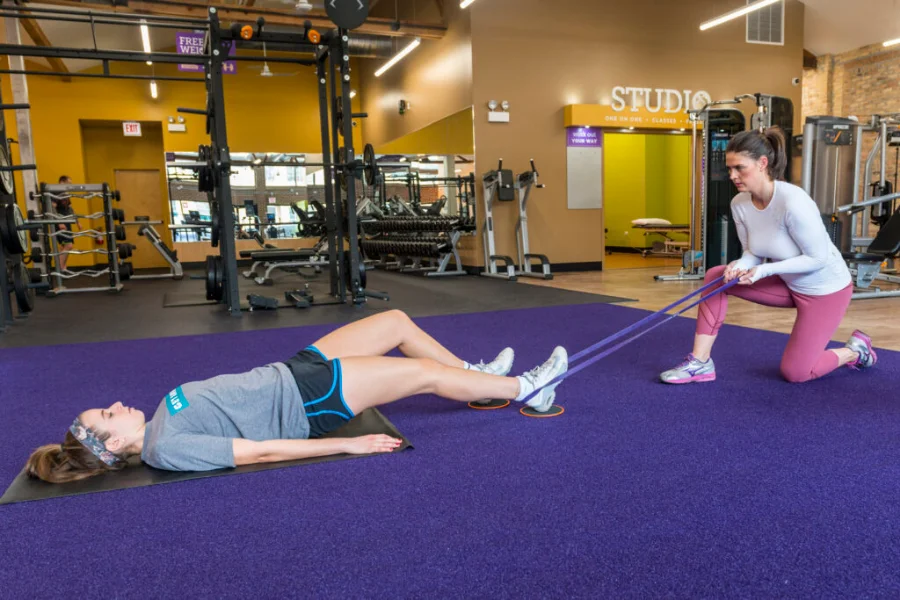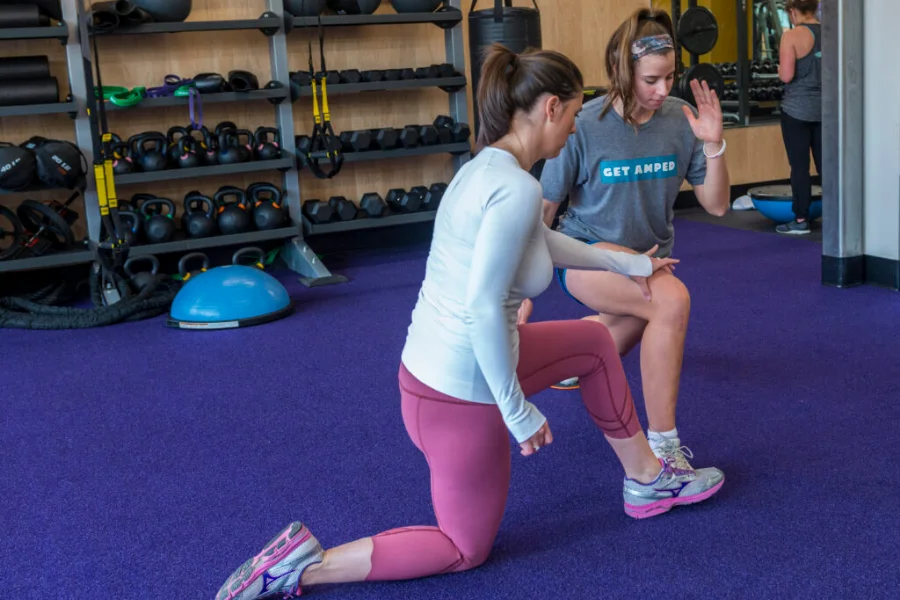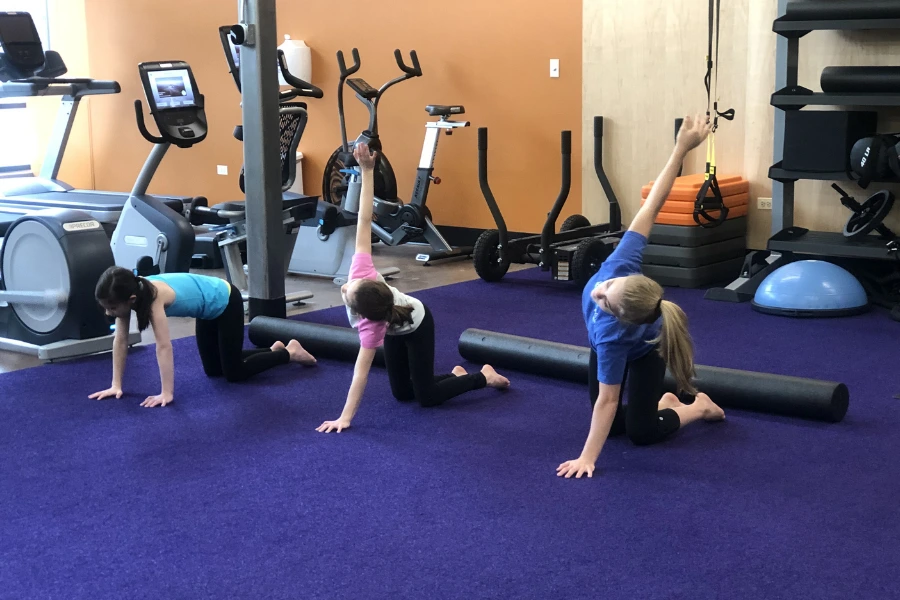When a young athlete faces a season-ending injury, it’s heartbreaking not only for them but also for their family. For …


When a young athlete faces a season-ending injury, it’s heartbreaking not only for them but also for their family. For …

Preparing for ACL surgery can seem intimidating, if not overwhelming. Here are a few suggestions on items you should have …

In our last blog, we discussed anterior cruciate ligament (ACL) injuries and how to prevent them. However, the unfortunate truth …

Treating ACL – Are you passionate about lacrosse? Do you have a child who is passionate about lacrosse? This sport …

Include targeted exercises that address muscle strengthening, muscle recruitment patterns, landing and deceleration patterns, proprioception, and plyometrics.